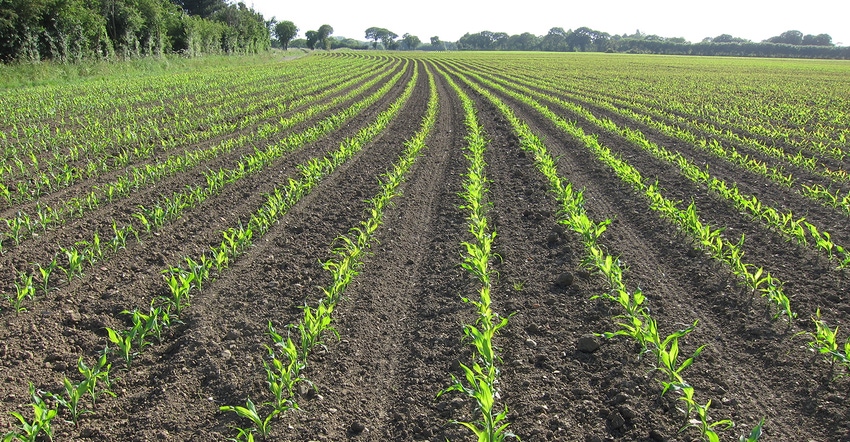April 12, 2017

By Nick Baker
Farmers have done a great job mastering many aspects of their businesses. They know their equipment and their land, they use technology daily, and they've figured out various government programs. However, many shake their heads or look away when someone brings up knowing their cost of production. Farmers, after all, are passionate about farming — not necessarily about accounting and financial records.
With current ag commodity markets continuing to trend lower, it's more important than ever to use your cost of production as a valuable tool for making management decisions. First off, knowing your cost of production is essential in forming a marketing plan. As I am writing this, December 2017 corn is below $4 on the board, and November 2017 soybeans are around $9.60. Can you turn a profit at this price? What is the lowest price you can sell at and maintain profitability? Neither of these questions can be answered unless cost of production is known.
Get more INSIGHT: Download 5 Ways to Manage Risk now!
Input costs
On the flip side, knowing your cost of production — especially your input costs — can help with management decisions throughout the growing season. As I look through one of the many seed catalogs on my desk, I can’t help but notice how many different seed treatment options are available, plus the number of varieties, trait packages, insecticides, fungicides and fertilizer options. The options seem to increase every year. How do you make the right decision on what to use?
You can plug in different fertilizer plans, seed treatment plans, herbicide packages and nearly every variable into your cost of production prior to planting and form a production plan. There are also many university resources available that specifically look at the financial return on different inputs. The University of Wisconsin Extension Grain Production and Management page is one such source.
Using your cost of production and expected return on investment helps in making the many decisions faced throughout the growing season.
Cost of production can also be used to make the hardest decision a farmer has to make: When to say no. Sure, you have rented the 40 acres down the road for years, and yes, it may not be the best ground, and the rent keeps going up, but it is part of your farm. Or is it? Using cost-of-production tools will show you which land is paying the bills and which is costing you money. Yearly returns can be used to negotiate rental rates, and can show the highest rental rate you can afford to pay for each field while maintaining profitability. Using your cost of production helps take the emotion out of making a difficult decision such as not renewing a rental contract.
Now that you know the value of your cost of production, hopefully you are admitting that yes, now is the time to sharpen your pencil and start determining that cost of production. Once you determine your cost of production initially, it will be easier to update annually. If you need a starting point, look at the University of Wisconsin Enterprise Budget tools. Several other universities also offer their own crop budget tools free of charge. You can also contact your local UW Extension agent, banker, crop insurance agent or accountant for additional assistance. Remember, knowing your cost of production is always important, but especially so during times of narrow profit margins.
Baker is the Rock County Extension ag agent.
You May Also Like




